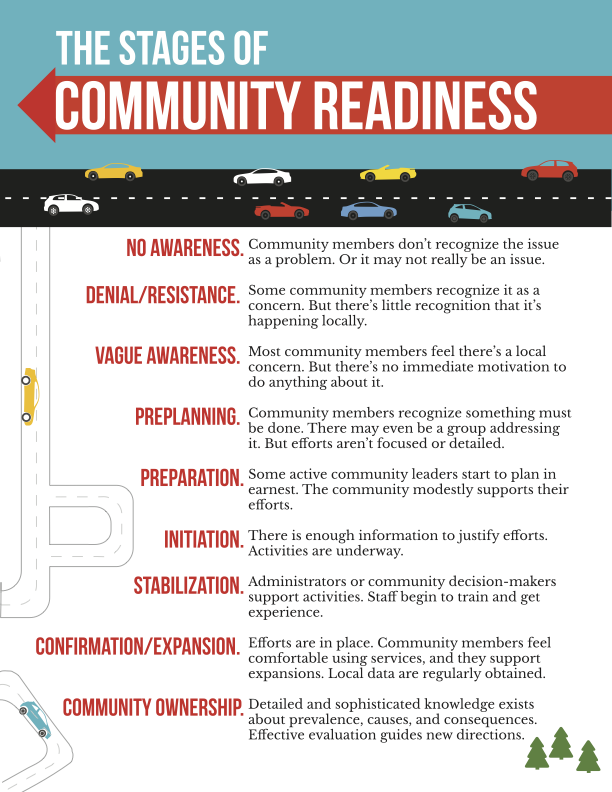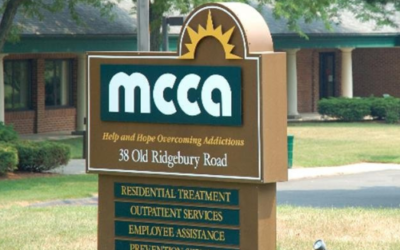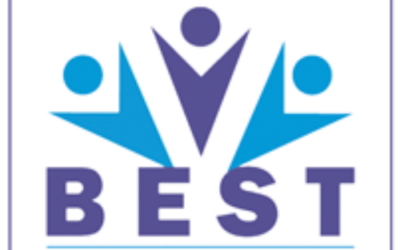
It is the responsibility of every Prevention Practitioner to understand the foundations of prevention and remain current in prevention science. The Professional Growth and Responsibility content area is the “why” of prevention. This month, as we commit to continuously growing in the profession, we will explore two current prevention program models: Community Readiness Model and the Stages of Change.
When are communities ready to make changes?
Like individual behavior, communities are at different levels of readiness to address issues in their communities. Often community efforts to implement programs and activities to change behaviors in a community meet with:
• Little enthusiasm in the community to provide resources or cooperate in implementation efforts.
• Resistance by community members and/or leadership who then erect obstacles.
• Lack of action by the community and/or by leaders to help move efforts forward.
• Failure! Resources run out, volunteers burn out, the new program is ineffective!
Matching a community intervention to the community’s level of readiness is key to achieving success in prevention initiatives. If the community is not ready for the implementation of efforts and strategies, failure is much more likely to occur. It is the responsibility of the prevention professional to understand the stage of readiness their partner community located and to what degree the community is at that time willingly and prepared with resources/capacity to take action on prevention actions.
The Community Readiness Model (CRM) can help a community move forward and be more successful in its efforts to change in a variety of ways. Some of these include:
• Measuring a community’s readiness levels on several dimensions that will help diagnose where to need to focus initial efforts.
• Identifying the community’s weaknesses and strengths, and the obstacles necessary to address.
• Pointing to appropriate actions that match the community’s readiness levels.
• Working within the community’s culture to come up with actions that are appropriate for the community.
• Securing funding, cooperating with other organizations, and working with leadership.
It is important that prevention professionals have the skills necessary to understand how to assess a community’s readiness and build and grow the community’s potential for prevention capacity.
This can be done by performing a Community Readiness Assessment. Please be sure to check out our other articles and materials on building your knowledge in the Prevention Specialist Focus Domains as you reach to the Prevention Specialist credential! Also be sure to continue building your professional capacity by checking out the PTTC Network for other resources and research concerning Substance Prevention!



